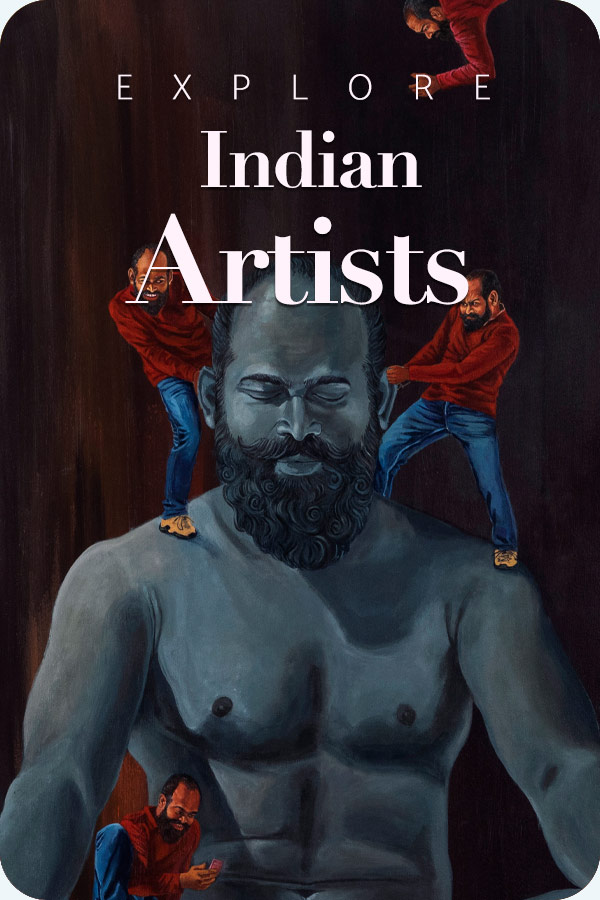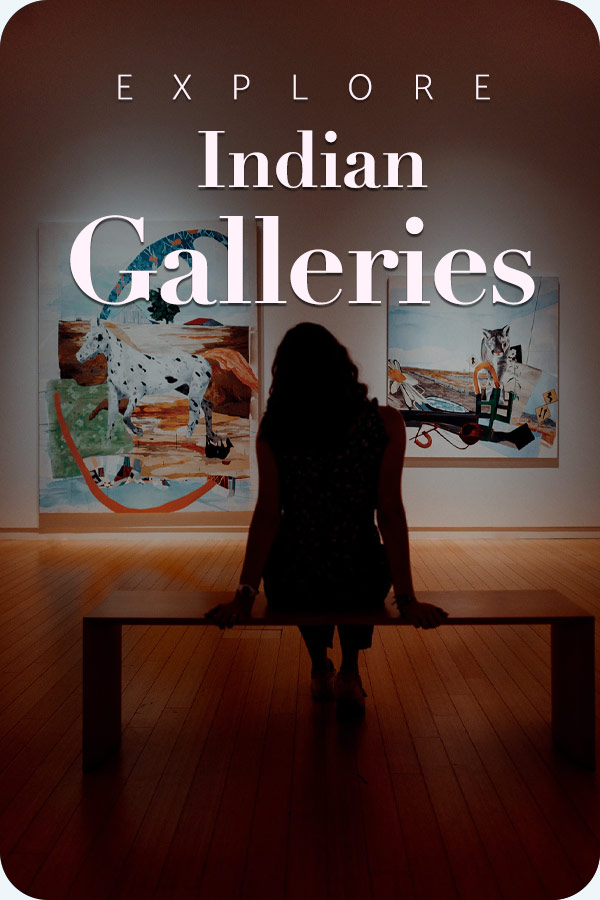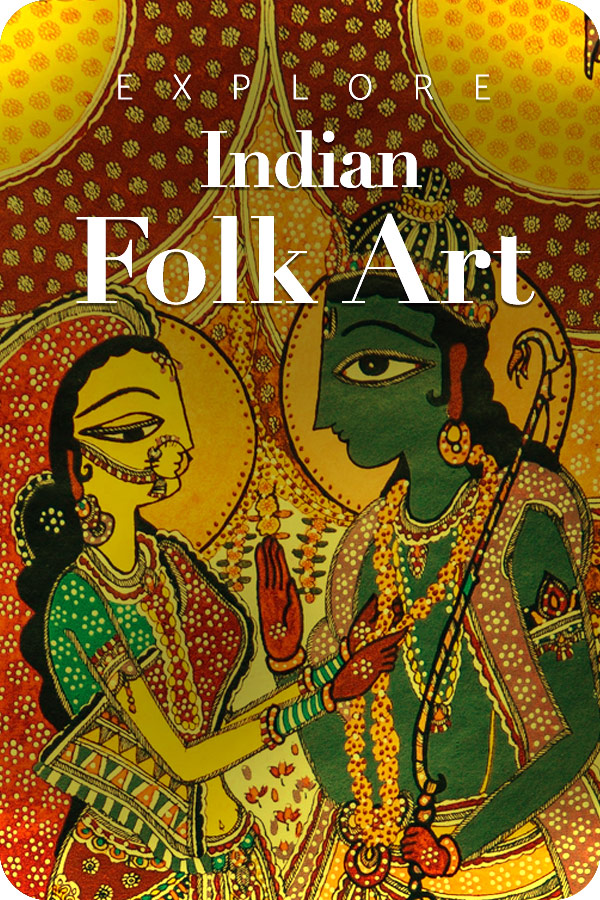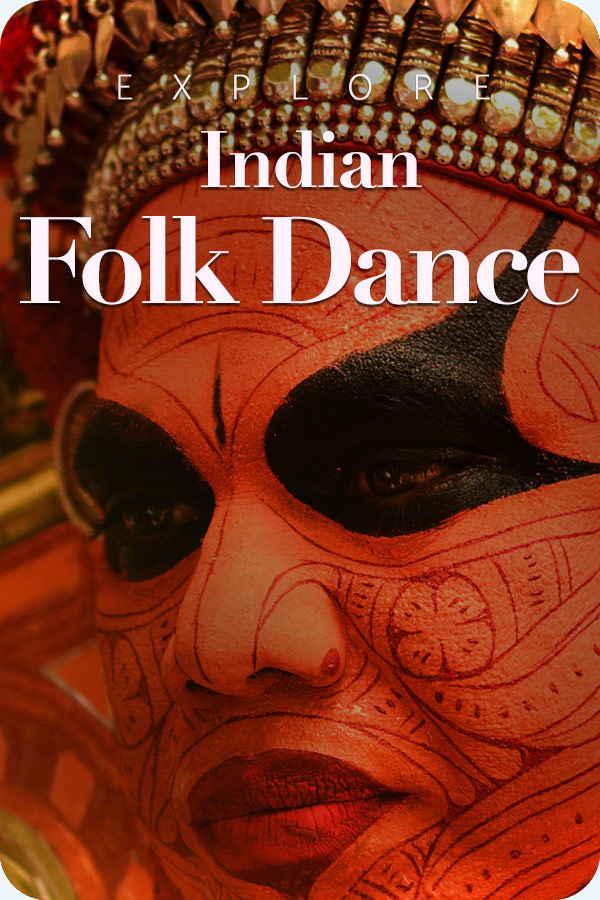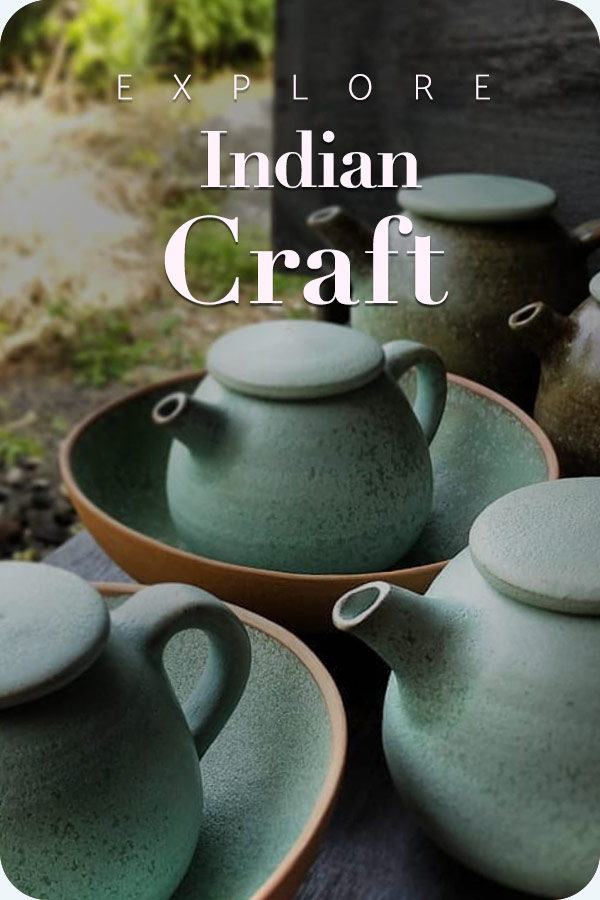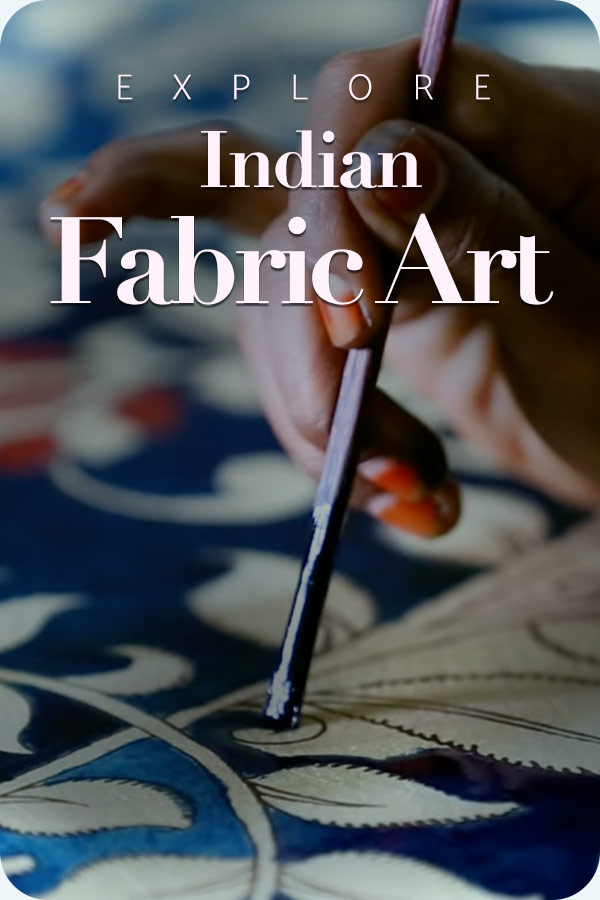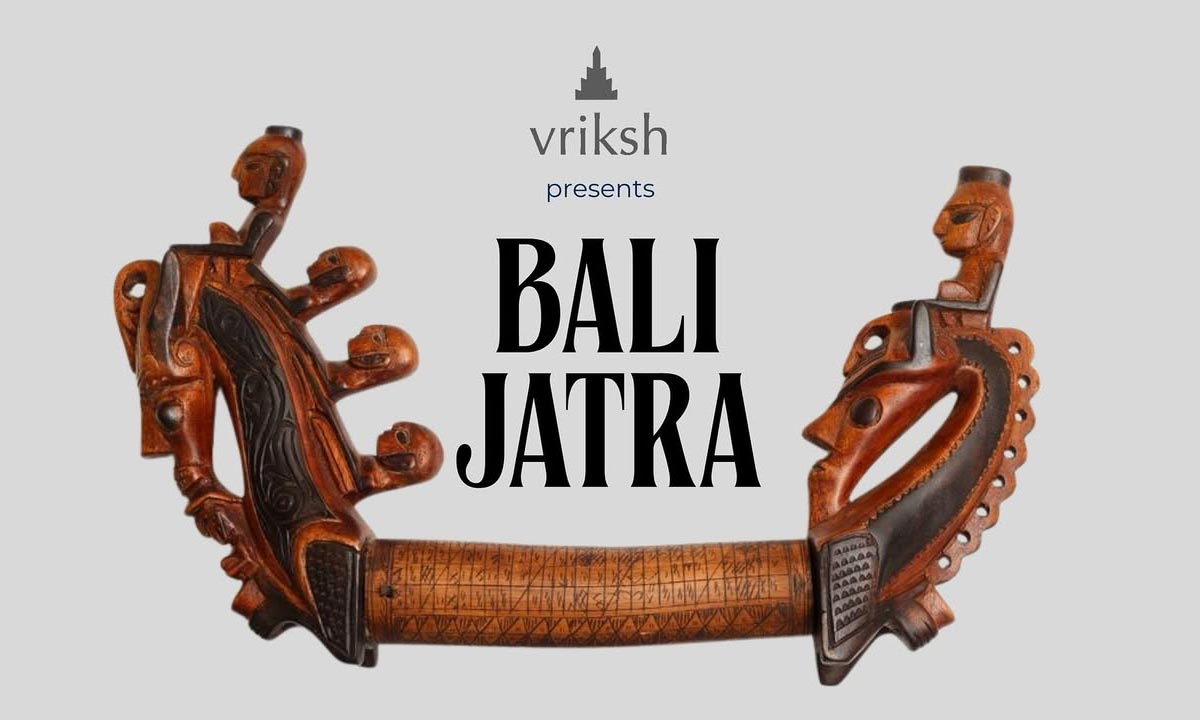
Did you know that in centuries preceding the modern trade routes, global connections were already defined through the seas? One such saga belongs to Odisha’s ancient sailors, who once set sail towards the golden shores of Bali and other Southeast Asian lands. These age-old maritime legacies are now revived through the art and craft show “Bali Jatra”, curated by Vriksh at The Kunj, New Delhi, unfolding from October 31 to November 16, 2025. This event is set to tap the once-living map of maritime routes that pulsed with life, connecting the empire of Kalinga with Southeast Asia.
Rediscovering the Ancient Sea Routes
‘Bali Jatra’ (a journey to Bali) is a well-celebrated historic annual festival in Odisha, commemorating the epic sea voyages of the Sadhabas, the ancient Odia mariners. This year, the historicity of this journey is commemorated through the well-curated attempts of Vrish Designs, founded by Gunjan Jain. Gunjan’s extensive research into motifs, patterns, and hues that traveled and mingled across the Indian Ocean has resulted in a collection that stands tall as a testament to this portion of our heritage. This essentially showcases how Odisha influenced, and was influenced by, the artistic mastery of other empires like Indonesia, Thailand, Malaysia, and Cambodia.
The Heritage
The Dhristi Gallery is phenomenally transformed into a chronicle of maritime tales expressed through diverse media such as textiles, crafts, and design. The event openly invites the viewers to en route the historic Odia festival commemorating the sailors. Through this event, Vriksh is attempting to revive the forgotten exchange between coastlines. The most notable commitment expressed towards the revival was through projecting the traditional Odia handlooms, like the Ikat technique. The collection features handwoven silk sarees, where the famed Ikat and Jala techniques of Odisha are employed to make reference to a Pan-Asian aesthetic. The amalgamation of all these varied designs into a single collection is definitely worth a glance.
A key piece of the whole collection is the ‘Jatra’ sari,’ which draws inspiration from the Indonesian ceremonial ‘Palepai’ or ship cloth, meant to ward off evil spirits. This reinterpretation is complemented by Odisha’s Soara art Stick figures. Other saris incorporate the Indonesian tumple (temple) layout, Laotian extra weft patterns, and vibrant Thai color palettes.
Event Detail
| Event | Information |
|---|---|
| Title | Bali Jatra – A Voyage of Art, Craft, and Maritime Memory |
| Curator/Host | Vriksh Designs (Gunjan Jain) |
| Theme | Art, Craft, and Memory inspired by the ancient Odisha-Southeast Asia maritime trade. |
| Location | Dhristi Gallery, The Kunj – Nelson Mandela Marg, Vasant Kunj, New Delhi |
| Opening & Curatorial Walk | October 31 // 4 PM onwards |
| Exhibit Timings | November 1–16 // 11 AM–8 PM (Daily) |
| Focus | Handwoven silk sarees featuring a fusion of Odia Ikat, Jala, and Southeast Asian motifs and techniques. |
Key Highlights
- Opening and curatorial walk led by Gunjan Jain on October 31 at 4 PM
- Showcasing handcrafted textiles inspired by Odisha’s maritime traditions
- Exploring cross-cultural design influences from Bali, Thailand, and Indonesia
- Celebration of sustainable and heritage-based craft revival
- Hosted at The Kunj’s Dhristi Gallery, known for its immersive cultural showcases
View this post on Instagram
Crafted Connections
Every object in Bali Jatra narrates a journey of continuity. It depicts how traditions have travelled, adapted, and survived. Odisha’s Pattachitra painters, Sambalpuri weavers, and stone carvers found a scope to highlight their art in Southeast Asian craft traditions, demarcating astonishing parallels in technique and symbolism. What makes the exhibition truly stand out is the conjunction of anthropomorphic niche with artistic aesthetics.
Through this exhibition, the gap between the historic past and the present is bridged. It does not reflect the regional history of Odisha, but narrates a wave of travelogue which shaped international relations before it was even a phenomenon. It is a constant reminder that art and identities are equally fluid and can find shelter anywhere in the globe and make it their home. The adaptation of one region’s craft into another is a saga that expresses more than a cordial relationship; it denotes an innovative pulse through which something new is born.
This conscious revival of India’s oceanic imagination is a tribute to the journeys that once shaped the contemporary civilizations and a reminder that craft is a vector of stories worthy of retelling through the millennials to come.


